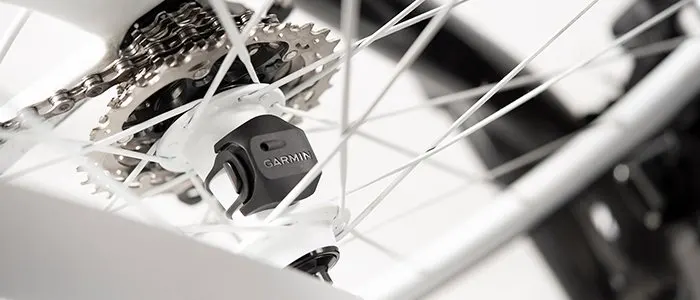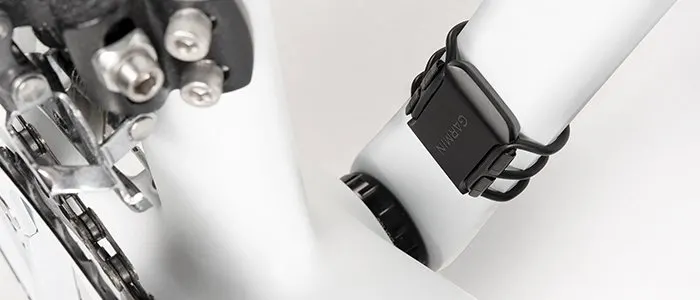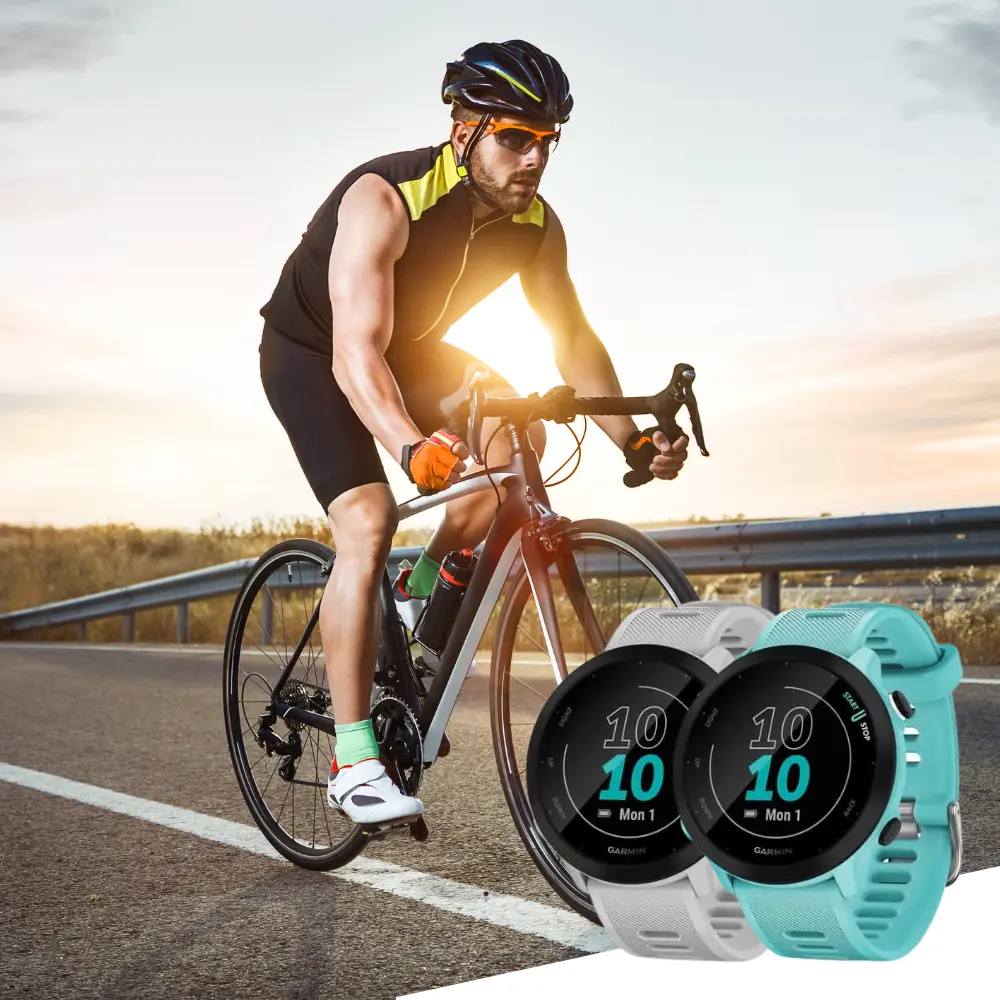Garmin Forerunner 55 : What Cycling Features Are Available To You
Garmin has just released their latest fitness tracker, the Forerunner 55. This is the next generation of the Forerunner 45, which was a huge success. The main focus of this article will be on the cycling features that are available on the Forerunner 55. We will compare these features to those that were available on the Forerunner 45, and also discuss the benefits of each one. Additionally, we will take a look at Garmin’s Speed and Cadence sensor, and discuss its benefits.
No New Cycling Features Added To the New Forerunner 55
That’s correct. Compared to it’s predecessor, No new cycling features have been added. Compared to it’s bigger brother, the Forerunner 255 got a massive addition to it’s cycling features. However, since it’s the smaller sibling of the Forerunner series. I think it may still be affective. If you owned the Forerunner 45 and found the cycling features useful, then your in luck the features have remained. Then again if you are new to the Forerunner series, this article will benefit you also.
- Available cycling profiles : Biking and Indoor Biking
- Alerts : Triggers Alarms, Notifies when goals have been achieved, like time distanced and calories burned.
A recap of the Cycling features that will be available to you
As you can see not a lot has been added. I would have hoped that more cycling profiles would have been added. For instance the Forerunner 255, got new cycling profiles E biking, E mountain biking, mountain biking. Those cycling profiles would be very handy today as there have been a massive surge in E bike activity all around the world.
I know the Forerunner series is now re branded as a multi sport watch. With the above features would it be useful to achieve your performance goals? or is it more geared towards fitness goals? I personally think the Forerunner 55 is more suited for achieving fitness goals, within cycling activities. If it’s more performance heavy, the Forerunner 255 or the very high end Forerunner 955 would be a better choice.
There are some clear benefits of these features. The ability to monitor your progress is essential for any fitness enthusiast. Whether you are a beginner or a seasoned professional, being able to see the metrics of your rides is key to understanding how you can improve.
What Is Garmin’s biking Profiles and What are its Benefits?
With the Forerunner 55, you can access 2 different cycling profiles. These profiles are created by Garmin and are based on your own personal preferences. Each profile has its own set of benefits that can help you while you’re out on the road.
The first profile is the “Biking” profile. This profile is designed for cyclists who want to track their rides, distance, speed, and elevation. This profile also includes a map of your ride so you can see where you’ve been and plan your route accordingly.
The second profile is the “Indoor biking” profile. This profile is designed for cyclists who want to use their Forerunner 55 while they’re indoors on a bike trainer. This profile includes all of the same features as the “Biking” profile, but also adds in heart rate and cadence data. This data can be helpful if you’re trying to improve your indoor biking performance.
Both of these profiles have their own benefits, so it’s up to you to decide which one is right for you. If you’re not sure, you can always try both and see which one you prefer.
But like I mentioned earlier, it comes down to 2 things your Fitness goals or performance goals. In regards to performance the analytics is a little light. This could benefit someone first starting out in competing in multi sport.
Garmin Speed Sensor Can Be Additionally Used

Just like it’s predecessor, A speed sensor can be purchased separately if you like to track your cycling performance more accurately. This speed sensor attaches to your bike’s wheel hub and cadence sensor to your pedal crank. The Forerunner 55 uses both sensors to calculate your cycling metrics, such as speed, distance, and calories burned.
The Speed sensor can be used to improve your cycling performance and technique. By tracking your speed, you can ensure that you are riding at a safe and comfortable pace. In addition, the Speed sensor can be used to monitor your heart rate while you ride. This is especially useful if you are training for a specific event or race. The Speed sensor is an optional accessory and is not included with the Forerunner 55.
The main benefit of using a speed sensor is that you’ll get more accurate readings of your cycling performance. If you’re training for a specific event or trying to improve your cycling fitness, having accurate data is essential.
The Garmin Speed sensor is compatible with both the Forerunner 45 and 55. If you already have a speed sensor from another Garmin device, you can use it with the Forerunner 55.
Garmin Cadence Can Be Additionally Used

The Cadence sensor is an additional sensor that can be used with the Forerunner 55. This sensor is designed to measure your pedaling cadence, or the number of revolutions per minute, as you ride. The Cadence sensor can be used to improve your cycling performance and technique.
By tracking your cadence, you can ensure that you are pedaling at an efficient rate and avoid over-stressing your muscles. In addition, the Cadence sensor can be used to monitor your heart rate while you ride. This is especially useful if you are training for a specific event or race. The Cadence sensor is an optional accessory and is not included with the Forerunner 55.
Can you use Garmin’s Cadence and Speed Sensor’s Indoors?
Yes, you can use Garmin’s Cadence and Speed Sensor’s indoors on a trainer, but there are some things to keep in mind. The first is that you need to have the right kind of trainer. Some trainers are not compatible with certain sensors, so make sure to check before you buy! The second thing to keep in mind is that you may need to calibrate your sensor. This is usually done by spinning the wheel a few times and then pressing a button on the sensor.
Also with the speed sensor, you may want to check the clearance. Apply the speed sensor onto the hub, spin it slowly. If the sensor hits the trainer frame look for a new position on the hub. If you cant find a secure location on the hub, then unfortunately you will be out of luck.
Final Conclusion
The Garmin Forerunner 55 is a great fitness tracker for runners or multi sport who are looking to get more accurate data on their cycling performance. However, there are no new cycling features in this model that weren’t available in the previous one. If you’re looking for a fitness tracker with all the bells and whistles, you might want to consider the Forerunner 255 or the Forerunner 955.
It’s a real pity that the Forerunner 55 did not get any new cycling features. As I review the Forerunner 255 cycling features, I dont think there would be too many cycling features to be pushed down.
But if you’re just looking for a simple, accurate way to track your cycling data, the Forerunner 55 is a great choice. Thank you for reading and I hope you found this article useful
